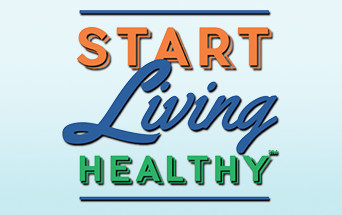Priority Populations
The Goal: Advance health equity by identifying and eliminating tobacco product-related inequities and disparities among Hawai‘i’s populations.
The problem: Although smoking rates are declining in the general population, tobacco use and secondhand smoke exposure is still higher in some groups of people than in others. Tobacco use, like other risk factors for poor health and chronic disease, is impacted by the social determinants of health, defined as “the non-medical and non-behavioral precursors of health and illness.”
Priority Population Groups
 Native Hawaiians
Native Hawaiians
Smoking and e-cigarette use among Native Hawaiian adults in Hawai‘i is almost double that of other ethnic groups. Population based tobacco control strategies have not benefited Native Hawaiians as much as the State as a whole. Barriers to engagement include historical trauma and systemic racism, lack of support systems, and environmental stressors.
CESSATION: There is a need for innovative ideas and programs tailored specifically for Native Hawaiian smokers that address not just the individual impact, but the familial and social impact of cessation. Native Hawaiian language, values, and traditions are integrated into tobacco prevention and cessation programs with place-based approaches to build capacity within the community.
People with Low Socioeconomic Status (Low SES)
 People with less education, lower incomes, who work in low-paying jobs, or are unemployed experience more stress and can feel increased pressure to smoke.
People with less education, lower incomes, who work in low-paying jobs, or are unemployed experience more stress and can feel increased pressure to smoke.
CESSATION: People with low socioeconomic status want to quit smoking, and studies show those who didn’t complete high school are just as motivated to quit as those who completed college. Challenges to quitting and staying quit include chronic stress, lack of support, and lack of access to cessation resources (i.e. due to financial, geographic, or other barriers).
People with Behavioral Health Conditions
 Adults with mental illness or substance use disorders smoke at a rate 2-3 times higher than the general population. People with substance use disorders are four times more likely to die prematurely than those who don’t smoke.
Adults with mental illness or substance use disorders smoke at a rate 2-3 times higher than the general population. People with substance use disorders are four times more likely to die prematurely than those who don’t smoke.
CESSATION: Many individuals with behavioral health conditions want to quit smoking but face additional challenges. Stressful living conditions, lower income, or lack of access to health care increase barriers to quitting. Many mental health or substance use disorder treatment facilities in the U.S. may not offer adequate evidence-based tobacco treatment services.
Lesbian, Gay, Bi-Sexual, Transgender (LGB+T)
Individuals from the LGB+T communities are 1.5 to 2.5 times more likely to smoke cigarettes compared to heterosexual peers. Those in the LGB+T community may smoke more because of higher stress levels related to societal discrimination and marginalization.
 CESSATION: Data on LGB+T interest in quitting, quit attempts, and successful smoking cessation are limited, but, in 2019, approximately 10.8% of callers to the Hawai‘i Tobacco Quitline identified as LGB+T. Hawaii’s Last Drag at the Hawaii Health & Harm Reduction Center provides unique cessation services for LGB+T smokers.
CESSATION: Data on LGB+T interest in quitting, quit attempts, and successful smoking cessation are limited, but, in 2019, approximately 10.8% of callers to the Hawai‘i Tobacco Quitline identified as LGB+T. Hawaii’s Last Drag at the Hawaii Health & Harm Reduction Center provides unique cessation services for LGB+T smokers.



